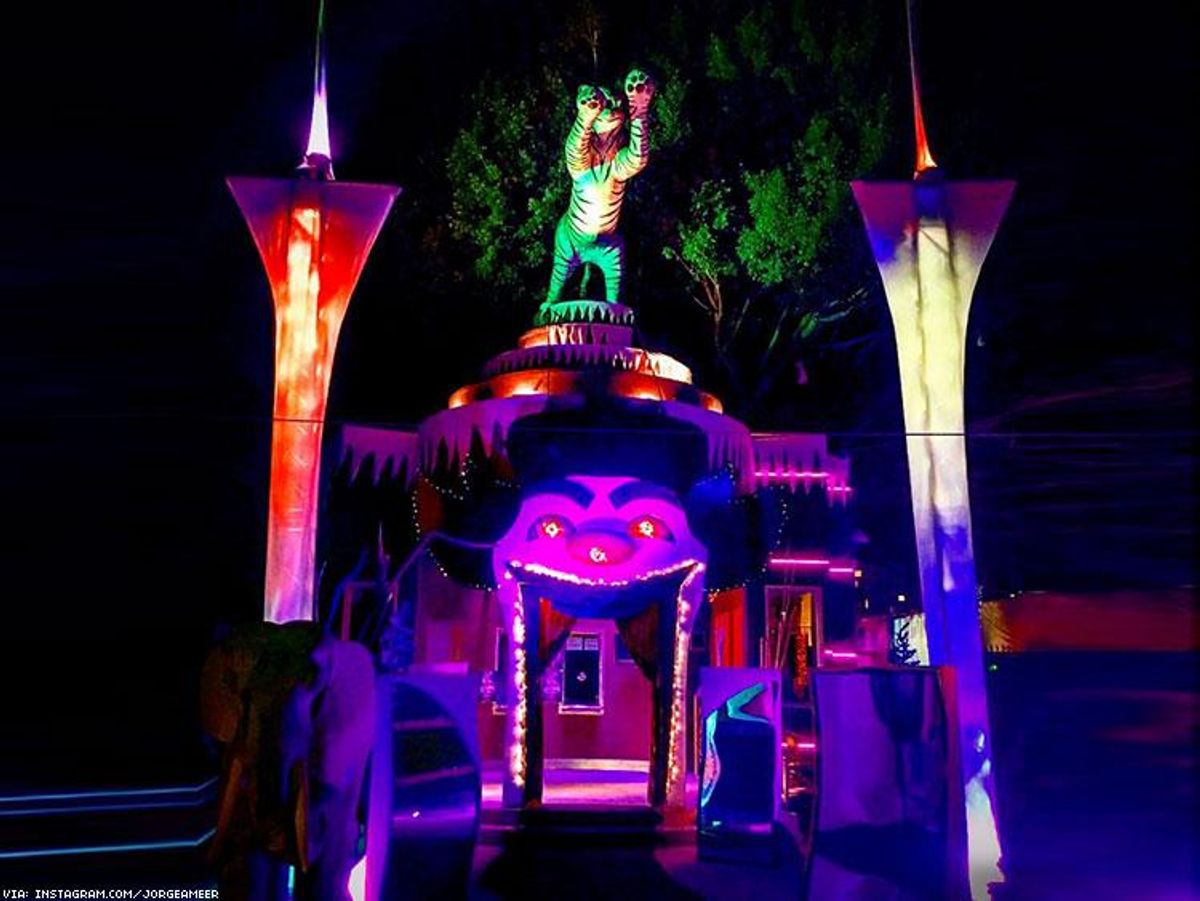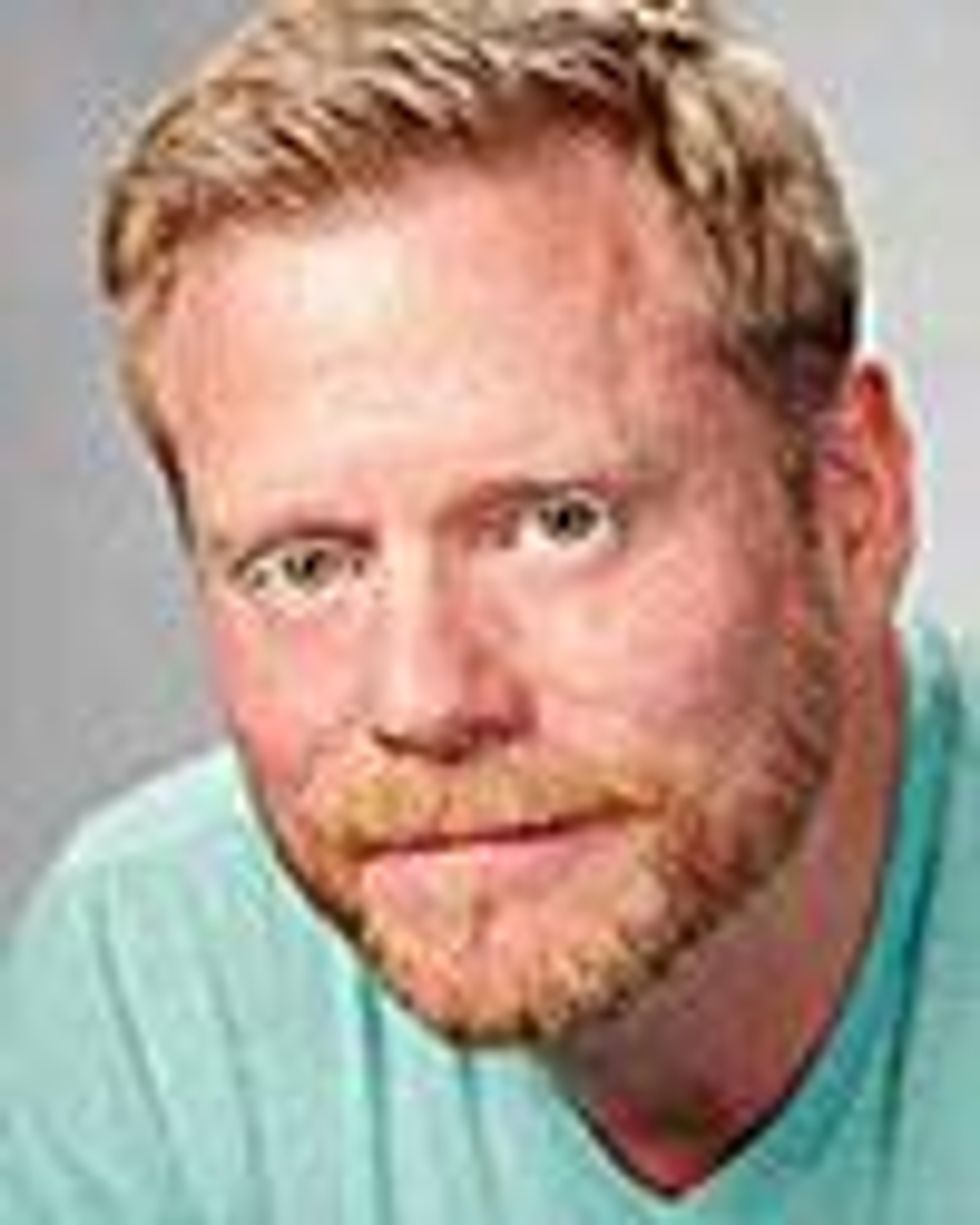In a forsaken block of Santa Monica Boulevard, off the street and through an imposing industrial alley, a Hollywood disco opened in the late 1970s that made promises the other gay clubs were loathe to keep.
The two-story face of a clown, with an enormous, yawning mouth serving as the front doorway, stood sentry. There were no rules for entrance, no discerning bouncers selecting the lucky ones, no outfits to be appraised. Anyone who scraped together the cover charge was welcome.
That club was Circus Disco.
Across town in the shining gay mecca of West Hollywood, dance clubs and bars like Studio One and Mother Lode pulsated with the new, synthesized beat of Donna Summer. Her mind-blowing dancefloor smash, "I Feel Love," played on a seemingly endless loop. But love was often conditional in those clubs, which were populated by gay men with impossibly muscled bodies and skin only as dark as a California tan would allow. Love had standards.
Circus Disco -- along with the Los Angeles black gay club, Jewel's Catch One -- practiced a truer level of acceptance, filling its dance floor with a largely Latino and black clientele, but the crowd didn't simply cross racial divides. Peppered among the partying throngs were transgender pioneers and leather men and drag queens, gyrating to the new music of the B-52s and sharing powdery glass vials from one clutch of dancers to another.
I was one of those misfits when I discovered Circus Disco in the late 1980s. I bore the inner mark of the new plague, having tested positive for HIV in 1985, and it felt like a secret that disqualified me from the male magazine perfection of West Hollywood. The murderous storm of AIDS struck without interest in outward appearances, of course, but with my feelings of woeful damage I needed desperately to believe that Circus Disco was the oasis it promised to be.
It did not disappoint. A buoyant cross section of humanity greeted me each weekend to a tempestuous party where you could fall urgently in love while in line for the bathroom and furtive sexual fumblings happened in plain sight. The citywide racial tensions that would eventually lead the city into riots were mercifully muted. The dance floor crowd was as multi-colored as the light show.
Joyous exuberance reverberated with the thundering dance floor beat as shirtless men celebrated a confident sexuality and the limitless possibilities of life ahead. The constant thump! thump! thump! of the music was our clarion call and it proclaimed, Here! Here! Your tribe is here!
We were so beautiful, in ways we were much too young to know.
Circus Disco partied on through the 1990s and beyond, impervious to fickle music trends and even resisting pressure to remove the word "disco" from its name. The crowds ebbed over the years but the club never faltered, right through its recent closure, in the genuineness of its welcome.
And now, in a story that might only happen in Los Angeles, historic preservationists have convinced new property developers that the Circus Disco building warrants respect for its place in LGBT history. Portions of the club, such as the dance floor and mirrored ball and even the clown face entrance, will be incorporated into the design of the apartment building the site will become.
Like many of my dance partners from those nights at Circus Disco, I am now many years and thousands of miles from the magic of the club's brightly lighted floor. We are a scattered people.
There are those, too, who were swept away by the firestorm of AIDS. Remembering the lost, their lives extinguished in the very years they found the community they sought, makes me all the more grateful that Circus Disco will be memorialized. It was as much a force for good in our community, in its own way, as any LGBT organization of that perilous time.
Circus Disco is lost to the ages now, but residents of the new apartment building would be wise to listen carefully for sounds coming from another era. The DJ is spinning and the disco divas are cooing, inviting legions of spirits back to the dance. There are boisterous people, a glare of silhouettes in a laser show, stepping onto the floor. The crowd is swaying to the beat and laughing and holding one another. They are all beautiful, and they know it at last.
And they feel love.
 Mark S. King lives in Baltimore and writes the award-winning blog, MyFabulousDisease.com. His book, A Place Like This, chronicles his years in Los Angeles during the dawn of the AIDS epidemic.
Mark S. King lives in Baltimore and writes the award-winning blog, MyFabulousDisease.com. His book, A Place Like This, chronicles his years in Los Angeles during the dawn of the AIDS epidemic.


 Mark S. King lives in Baltimore and writes the award-winning blog, MyFabulousDisease.com. His book, A Place Like This, chronicles his years in Los Angeles during the dawn of the AIDS epidemic.
Mark S. King lives in Baltimore and writes the award-winning blog, MyFabulousDisease.com. His book, A Place Like This, chronicles his years in Los Angeles during the dawn of the AIDS epidemic.















































































Viral post saying Republicans 'have two daddies now' has MAGA hot and bothered